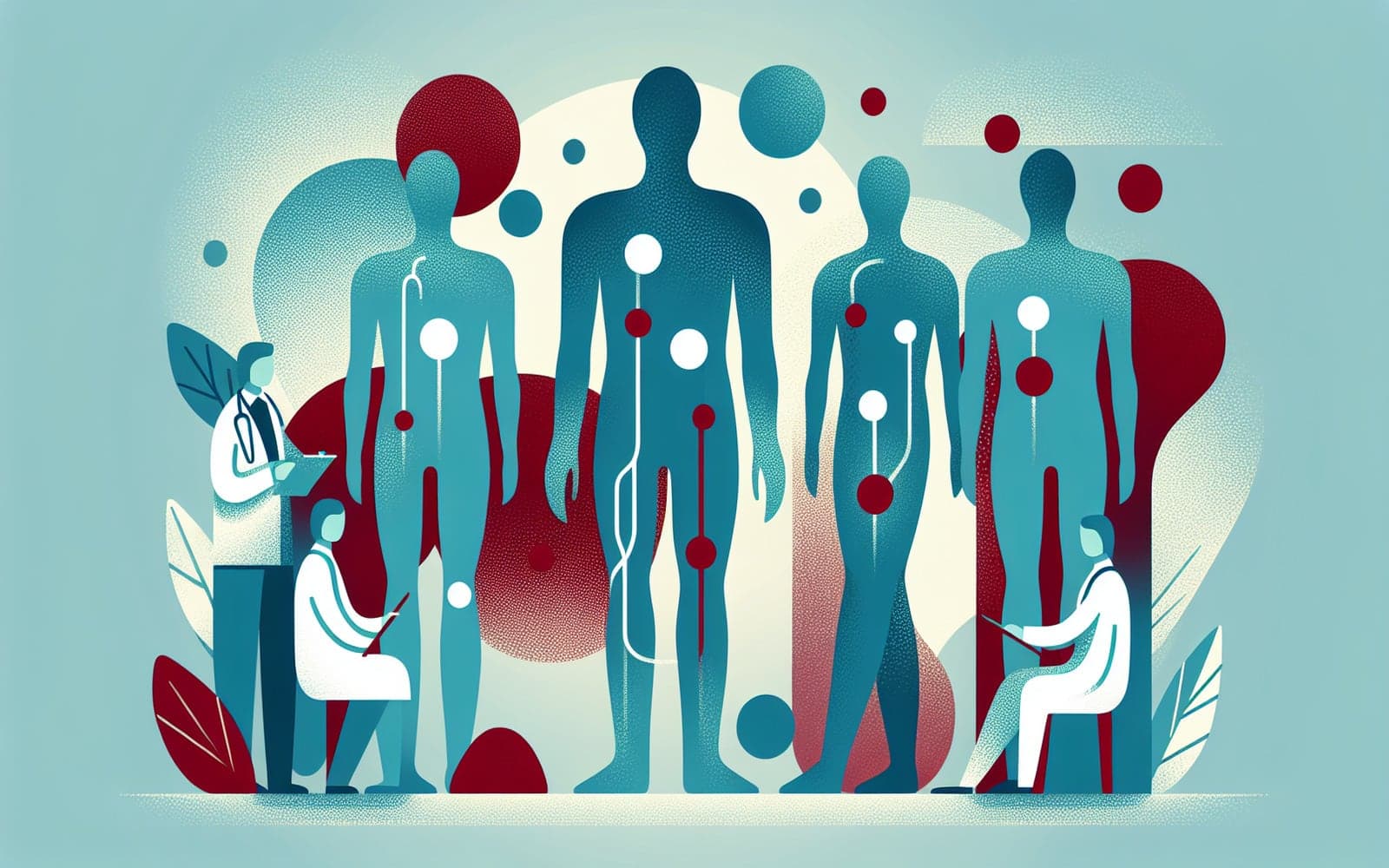Angioedema Treatments: What You Need to Know
Published: Nov 20, 2023
Angioedema treatments vary depending on the cause. Let's explore the best ways to manage this condition.
Contents
Mast Cell-Mediated Treatments
For mast cell-mediated angioedema, antihistamines are the go-to treatment. They help reduce swelling and itching. In severe cases, epinephrine may be needed to control symptoms quickly.
Bradykinin-Mediated Treatments
This type doesn't respond to typical allergy medications like antihistamines. Instead, treatments target the bradykinin pathway. Drugs like icatibant and ecallantide are used to manage symptoms effectively.

Alternative Approaches
In cases where medications cause angioedema, stopping the medication is crucial. Consulting with a healthcare provider for alternative therapies ensures safety. Monitoring and regular follow-ups are essential for patients with recurrent episodes.
Frequently Asked Questions
Antihistamines and sometimes epinephrine are used.
With drugs targeting the bradykinin pathway like icatibant.
Stop the medication and consult your doctor.
Key Takeaways
Effective treatment depends on understanding the type of angioedema.
Discuss treatment options with Doctronic for personalized care!Related Articles
References
Agah R, Bandi V, Guntupalli KK. Angioedema: the role of ACE inhibitors. Intensive Care Med 1997; 23:793.
Bork K, Barnstedt SE, Koch P, Traupe H. Hereditary angioedema with normal C1-inhibitor activity. Lancet 2000; 356:213.
Always discuss health information with your healthcare provider.

